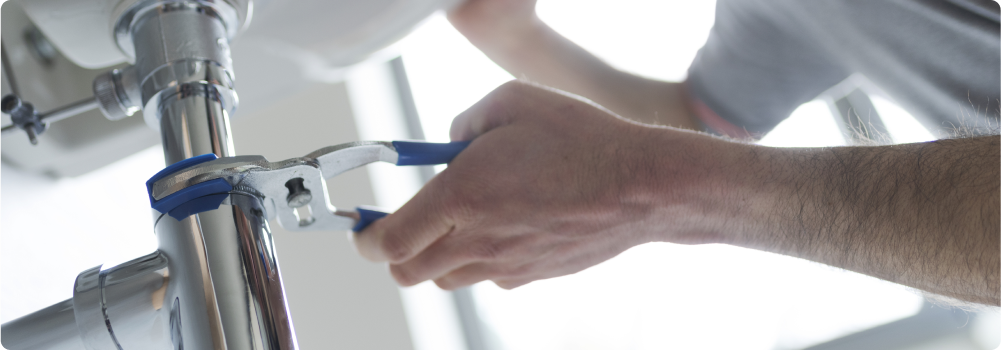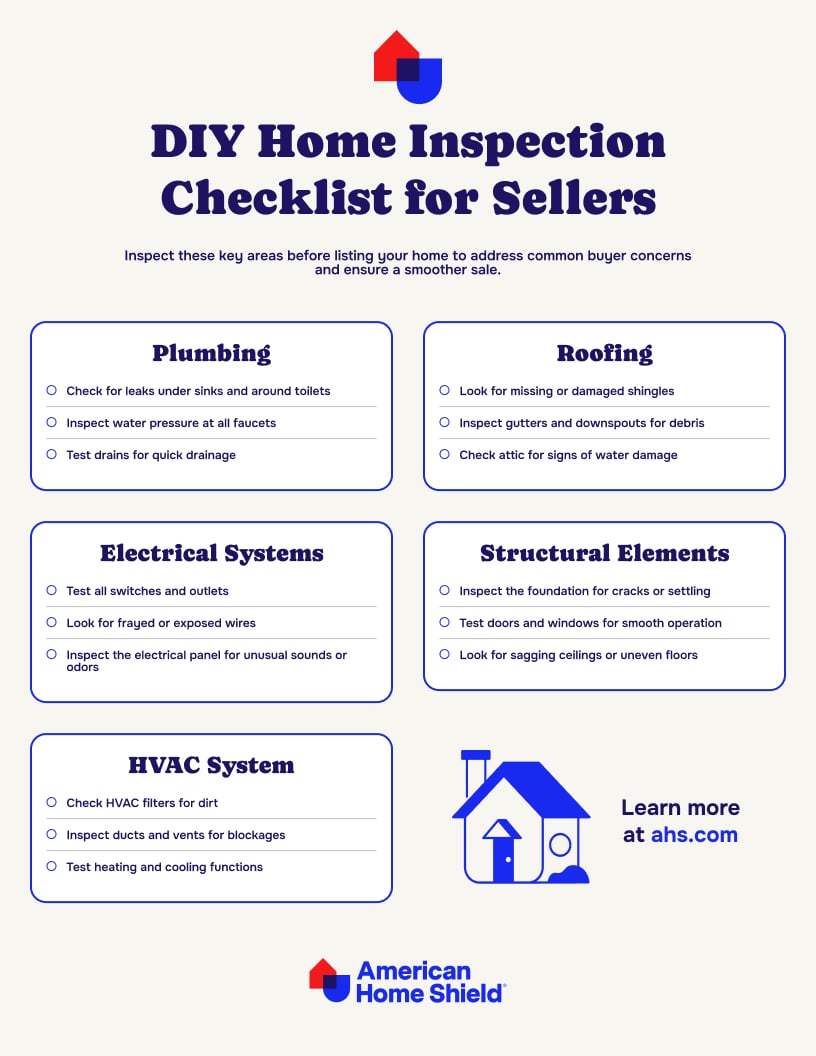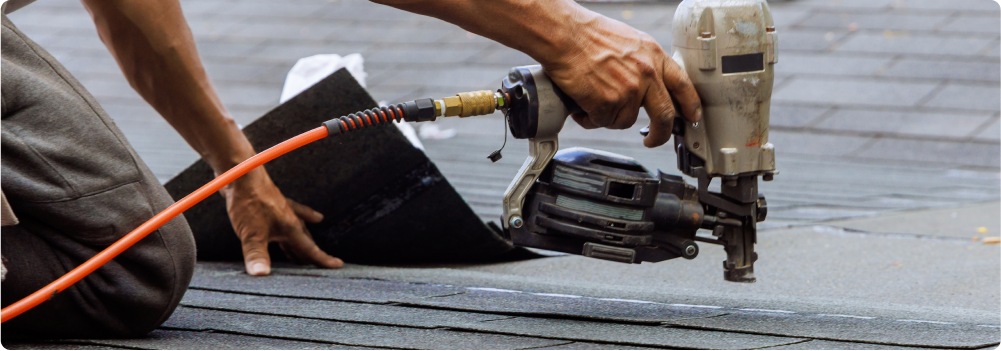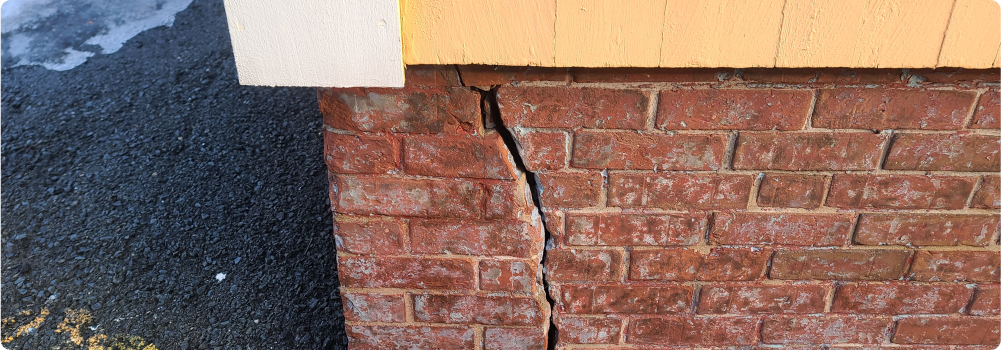By following our homeowner inspections checklist (and downloading our checklist PDF), you can feel sure about the functionality of every element of your home throughout the sales process, and build trust with potential buyers.
Why having a home inspection checklist matters
“Aren’t I going to do a professional inspection later?” you may ask. “What’s the point in doing one myself?” Going into the selling process, you’ll want to have as much information about your home as possible. A DIY home inspection allows you to catch little issues before they become big problems for potential buyers.
By understanding your home from top to bottom, you can feel empowered during the sale process. Doing small repairs in advance prevent bigger problems during an official home inspection, and showing prospective buyers that your home has been well-maintained can even help you command a better price. A home inspection checklist equips you with a clear roadmap to identify potential issues, giving you time to fix them before professional inspections or buyer feedback.
A home that’s ready to go, without last-minute fixes, tends to sell faster, and for closer to the asking price. Plus, when it comes to inspections—who knows your home better than you do? Follow along for a do-it-yourself home inspection checklist that guides you through key areas to check and helps you list your home with confidence.
The key areas to inspect before listing your home
For a comprehensive homeowner inspections checklist, you’ll want to focus on the areas that buyers—and professional inspectors—are sure to notice. Follow this house inspection checklist breakdown of the most important areas and some quick tips for each one:
Plumbing and Hot Water Heater

The first step of your do-it-yourself home inspection checklist should be inspecting the plumbing, as leaks and water damage are some of the most common red flags for buyers.
- Check for Leaks: Look under sinks, around toilets, and even in the basement for any signs of leaks or water stains.
- Inspect Water Pressure: Run water from all faucets to check the pressure and ensure there are no clogs or unusual sounds.
- Test Drains: Make sure each sink and tub drains quickly and completely, as slow drains may indicate a clog deeper in the pipes.
- Examine the Hot Water Heater: Check for any signs of rust or leaks around the tank, listen for unusual noises, and make sure the water heats up efficiently.
Electrical systems

Electrical systems are crucial for safety, so adding this step to your do-it-yourself home inspections checklist can help you spot potential issues early on.
- Test Switches and Outlets: Go through every room to check that switches and outlets work correctly. Flickering lights or dead outlets may point to electrical issues.
- Look for Frayed Wires: Damaged wires are not only dangerous but are also red flags for buyers.
- Inspect the Electrical Panel: Without opening the panel box, ensure that it looks well-organized, and make note of any buzzing sounds or burnt smells which can indicate a need for repair.

HVAC system
Your heating and cooling system is another key area that can affect buyer interest, especially if it’s cold or hot outside. The HVAC portion of your home inspection checklist should include:
- Check Filters: Dirty filters can restrict airflow, making your HVAC work harder. Replacing them is a simple step with a big payoff.
- Inspect Ducts and Vents: Make sure air is flowing properly, and that vents are unobstructed.
- Test Heating and Cooling: Run both heating and cooling functions to make sure they work correctly and keep the home at a comfortable temperature.






